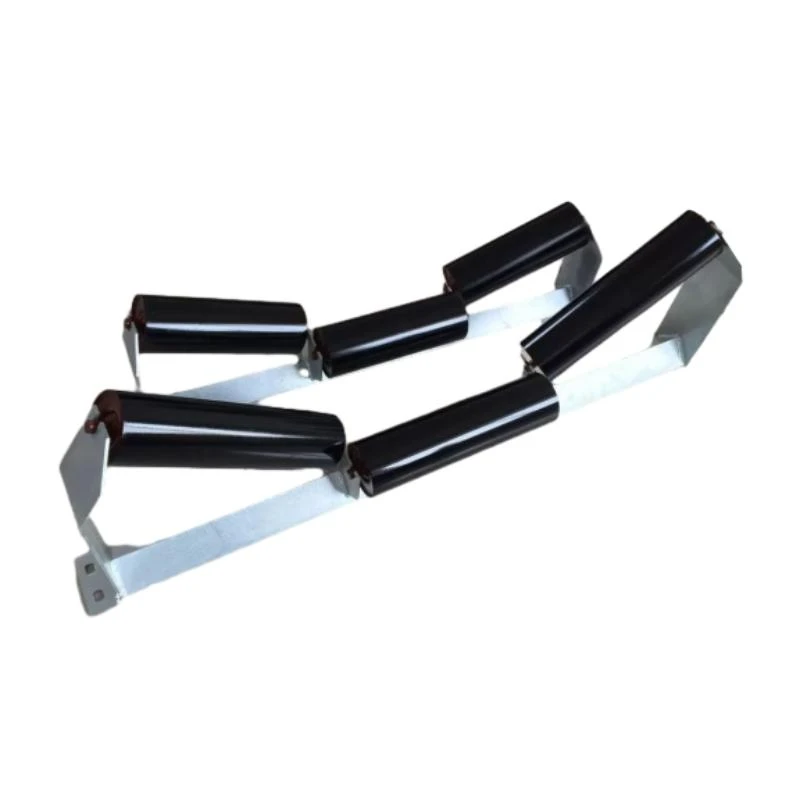 Afrikaans
Afrikaans  Albanian
Albanian  Amharic
Amharic  Arabic
Arabic  Armenian
Armenian  Azerbaijani
Azerbaijani  Basque
Basque  Belarusian
Belarusian  Bengali
Bengali  Bosnian
Bosnian  Bulgarian
Bulgarian  Catalan
Catalan  Cebuano
Cebuano  Corsican
Corsican  Croatian
Croatian  Czech
Czech  Danish
Danish  Dutch
Dutch  English
English  Esperanto
Esperanto  Estonian
Estonian  Finnish
Finnish  French
French  Frisian
Frisian  Galician
Galician  Georgian
Georgian  German
German  Greek
Greek  Gujarati
Gujarati  Haitian Creole
Haitian Creole  hausa
hausa  hawaiian
hawaiian  Hebrew
Hebrew  Hindi
Hindi  Miao
Miao  Hungarian
Hungarian  Icelandic
Icelandic  igbo
igbo  Indonesian
Indonesian  irish
irish  Italian
Italian  Japanese
Japanese  Javanese
Javanese  Kannada
Kannada  kazakh
kazakh  Khmer
Khmer  Rwandese
Rwandese  Korean
Korean  Kurdish
Kurdish  Kyrgyz
Kyrgyz  Lao
Lao  Latin
Latin  Latvian
Latvian  Lithuanian
Lithuanian  Luxembourgish
Luxembourgish  Macedonian
Macedonian  Malgashi
Malgashi  Malay
Malay  Malayalam
Malayalam  Maltese
Maltese  Maori
Maori  Marathi
Marathi  Mongolian
Mongolian  Myanmar
Myanmar  Nepali
Nepali  Norwegian
Norwegian  Norwegian
Norwegian  Occitan
Occitan  Pashto
Pashto  Persian
Persian  Polish
Polish  Portuguese
Portuguese  Punjabi
Punjabi  Romanian
Romanian  Russian
Russian  Samoan
Samoan  Scottish Gaelic
Scottish Gaelic  Serbian
Serbian  Sesotho
Sesotho  Shona
Shona  Sindhi
Sindhi  Sinhala
Sinhala  Slovak
Slovak  Slovenian
Slovenian  Somali
Somali  Spanish
Spanish  Sundanese
Sundanese  Swahili
Swahili  Swedish
Swedish  Tagalog
Tagalog  Tajik
Tajik  Tamil
Tamil  Tatar
Tatar  Telugu
Telugu  Thai
Thai  Turkish
Turkish  Turkmen
Turkmen  Ukrainian
Ukrainian  Urdu
Urdu  Uighur
Uighur  Uzbek
Uzbek  Vietnamese
Vietnamese  Welsh
Welsh  Bantu
Bantu  Yiddish
Yiddish  Yoruba
Yoruba  Zulu
Zulu conveyor take up assembly
Understanding Conveyor Take-Up Assembly
Conveyor take-up assembly plays a vital role in the efficient operation of conveyor systems, which are widely used in various industries for transporting materials. Take-up systems help maintain the tension of the conveyor belt, ensuring optimal performance and preventing slippage, misalignment, and wear. This article will explore the functionality, types, components, and significance of conveyor take-up assemblies.
Functionality of Take-Up Assemblies
The primary function of a conveyor take-up assembly is to adjust and maintain the tension of the conveyor belt. Belt tension is crucial; if it is too loose, the belt can slip or misalign, disrupting the flow of materials and potentially damaging the system. Conversely, if the tension is too tight, it can lead to excessive wear on the belt and other components, ultimately shortening the lifespan of the system. Take-up assemblies allow for adjustments to be made easily, compensating for belt stretch that occurs over time.
Types of Conveyor Take-Up Assemblies
There are several types of conveyor take-up assemblies, each designed for specific applications and operational environments
1. Manual Take-Up This is the simplest form, consisting of a mechanical system that requires manual adjustment. Operators use handwheels or levers to tighten or loosen the belt tension as needed.
2. Gravity Take-Up This system employs the force of gravity to maintain tension. A weighted pulley or block is suspended, and adjustments are made as the belt stretches. Gravity take-ups are straightforward and require minimal maintenance.
3. Automatic Take-Up These assemblies use automated systems to adjust tension. Sensors detect changes in belt tension and make real-time adjustments. This type of take-up is beneficial in high-traffic operations where optimal tension is critical for production efficiency.
conveyor take up assembly

4. Hydraulic and Pneumatic Take-Up Utilizing hydraulic or pneumatic force, these assemblies can efficiently maintain tension in high-capacity systems. They allow for fine adjustments and are often favored in large-scale industrial applications.
Key Components of Take-Up Assemblies
A standard conveyor take-up assembly comprises several key components
- Take-Up Frame The structural foundation that supports the take-up mechanism and houses other components. - Pulley The rotating element that the belt wraps around. It's essential for reducing friction and wear. - Tensioning Device This component is responsible for the mechanism that adjusts pulley position, thereby adjusting the belt tension. It can be a screw device, hydraulic cylinder, or a gravity-based system. - Weight System In the case of gravity take-ups, this system provides the necessary weight to maintain tension. - Sensors and Actuators In automatic systems, sensors monitor belt tension, while actuators adjust the tension in response to sensor readings.
Importance of Conveyor Take-Up Assemblies
Conveyor take-up assemblies are essential for the longevity and efficiency of conveyor systems. Proper tension maintenance helps to
- Reduce Wear and Tear By keeping the belt properly tensioned, the wear on the belt and associated components is minimized. - Improve Performance Consistent tension ensures that the belt operates smoothly, preventing slippage and disruptions that can lead to downtime. - Enhance Safety Correct tension reduces the risk of accidents related to belt failure or misalignment, creating a safer working environment.
In conclusion, conveyor take-up assemblies are integral to the functionality and reliability of conveyor systems. Understanding the various types, components, and their roles enables operators to select and maintain the appropriate take-up assembly for their specific applications. By doing so, industries can enhance operational efficiency, reduce maintenance costs, and ensure the longevity of their conveyor systems.
-
Trusted Conveyor Solutions from Leading Conveyor Idler Roller ManufacturersNewsJun.27,2025
-
Reliable Return Idler Solutions for Efficient Belt Conveyor SystemsNewsJun.27,2025
-
Precision Conveyor Accessories for Streamlined Material HandlingNewsJun.27,2025
-
High-Quality Belt Conveyor Idler Solutions for Efficient Material HandlingNewsJun.27,2025
-
High-Performance Belt Conveyor Pulleys for Reliable Material HandlingNewsJun.27,2025
-
Enhancing Material Handling EfficiencyNewsJun.27,2025





























